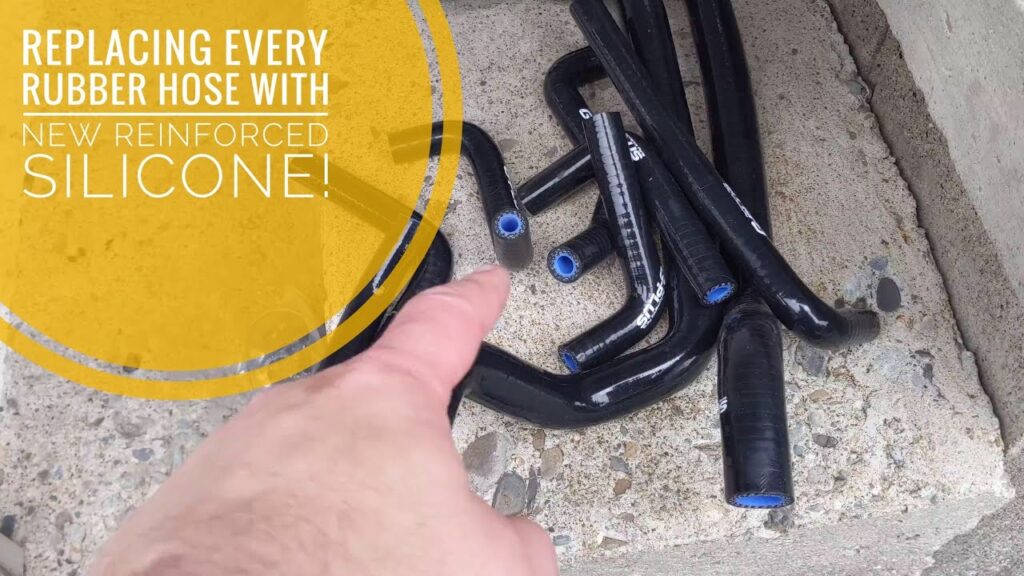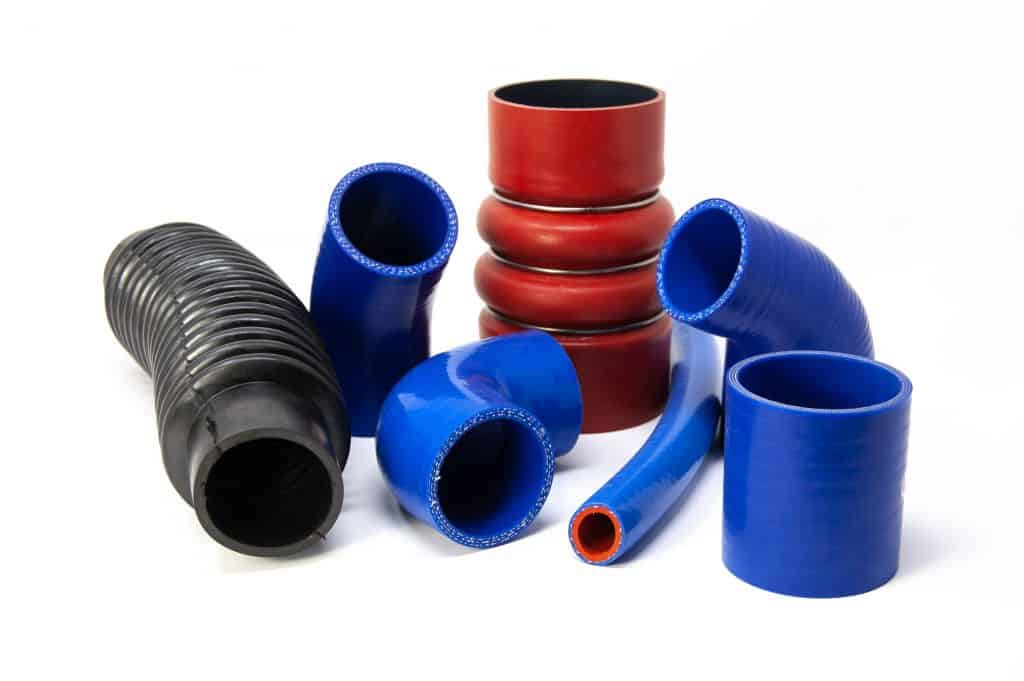Today learn about their unique properties, durability, temperature resistance, and compatibility with different fluids. Whether you’re a professional or a DIY enthusiast, this article provides valuable insights into silicone hose versus rubber, enabling you to choose the most suitable option for your specific needs.
Introduction:
When it comes to hoses, choosing between silicone and rubber can be a challenging decision. This article aims to clarify the differences and assist in making the right choice.
We will explore the unique characteristics, benefits, and applications of both silicone hose vs. rubber, helping you understand their suitability for various industries.

Understanding Silicone Hoses
Silicone hoses are made from a synthetic polymer called silicone. They offer several advantages over traditional rubber hoses, including:
- Temperature Resistance: Silicone hoses excel in high-temperature applications, withstanding extreme heat without losing their shape, flexibility, or integrity. They can handle temperatures ranging from -65°F to 500°F (-54°C to 260°C).
- Durability and Longevity: Silicone hoses are known for their exceptional durability, resistance to aging, and resistance to ozone and UV exposure. They can withstand harsh environmental conditions, making them ideal for outdoor and automotive applications.
The Advantages of Rubber Hoses
Rubber hoses, on the other hand, have their own set of advantages:
- Cost-Effective: Rubber hoses are generally more affordable than silicone hoses, making them a popular choice for applications where high-temperature resistance is not a requirement.
- Flexibility: Rubber hoses offer excellent flexibility, allowing for easy installation and maneuverability. They can bend and flex without compromising their structural integrity.
Applications of Silicone Hoses
Silicone hoses find extensive use in various industries, including:
- Automotive: Silicone hoses are widely used in automotive applications, such as coolant systems, turbochargers, and intercoolers, due to their excellent heat resistance and durability.
- Medical and Pharmaceutical: Silicone hoses are preferred in medical and pharmaceutical industries because they are non-toxic, odorless, and resistant to bacteria growth. They are commonly used in fluid transfer, peristaltic pump systems, and medical equipment.
- Food and Beverage: Silicone hoses are ideal for food-grade applications, as they are resistant to high temperatures, chemicals, and microbial growth. They are commonly used in food processing, beverage dispensing, and dairy applications.

Applications of Rubber Hoses
Rubber hoses have a wide range of applications, including:
- Industrial: Rubber hoses are commonly used in industrial settings for conveying air, water, chemicals, and abrasive materials. They are suitable for applications that do not involve extreme temperatures.
- Construction: Rubber hoses are used for concrete pumping, dewatering, and various construction applications due to their durability, flexibility, and resistance to abrasion.
Conclusion
In conclusion, the choice between silicone hose and rubber depends on specific requirements. Silicone hoses excel in high-temperature applications, offer exceptional durability, and find applications in automotive, medical, and food industries.
Rubber hoses, on the other hand, are cost-effective, flexible, and widely used in industrial and construction settings. By understanding the unique properties of silicone and rubber hoses, you can make an informed decision and select the most suitable option for your needs.
